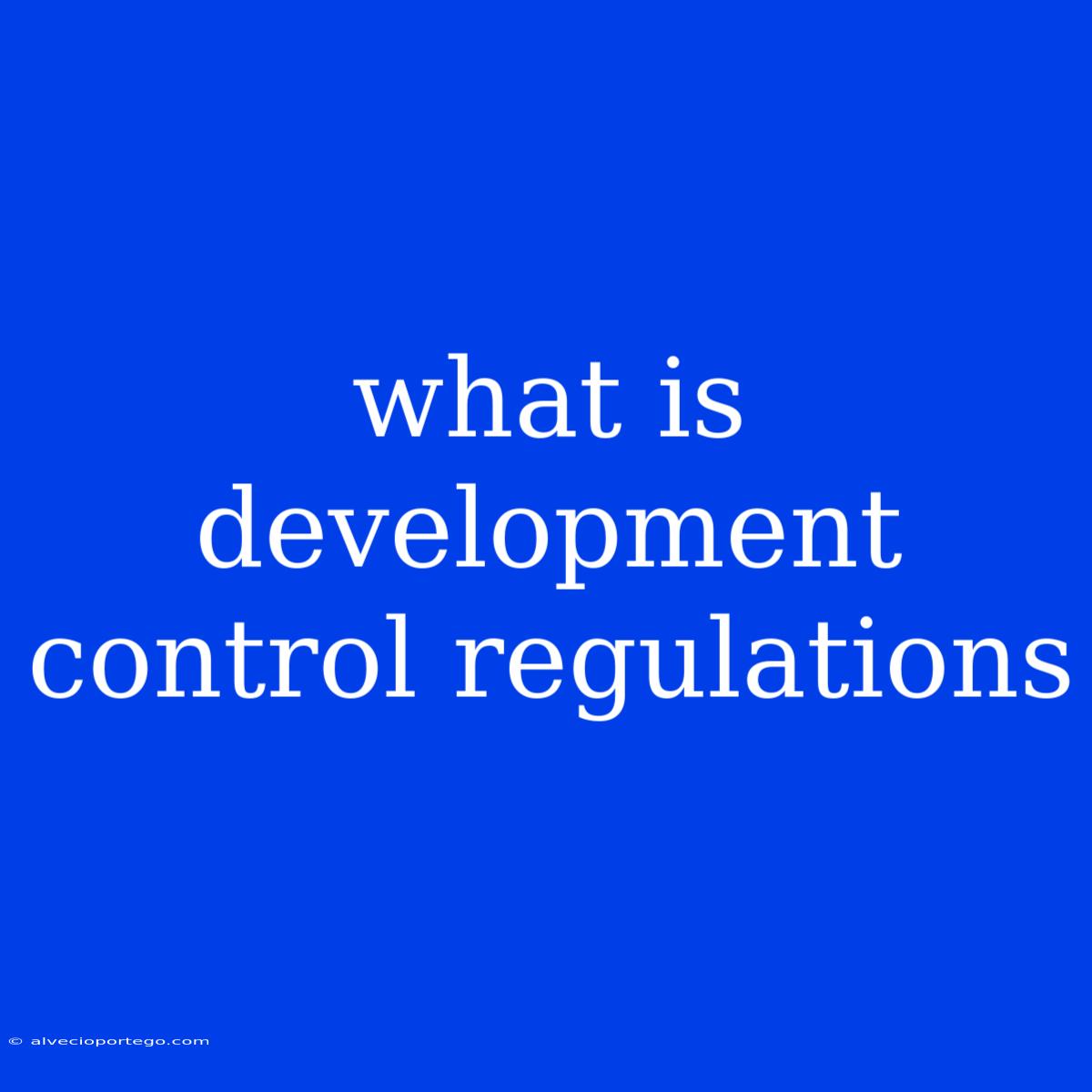What are Development Control Regulations?
Development Control Regulations, often referred to as Planning Regulations or Building Regulations, are a set of rules and guidelines that govern the construction and development of land within a specific area. These regulations aim to ensure sustainable and harmonious development while protecting the environment, public health, and the character of a community.
Key Objectives of Development Control Regulations:
- Protect the environment: Regulations aim to minimize the impact of development on natural habitats, water resources, and air quality. This can involve restrictions on building heights, the use of certain materials, and the amount of land that can be developed.
- Promote public health and safety: Regulations ensure buildings are safe and accessible, with adequate ventilation, fire safety measures, and safe access to roads and public spaces.
- Preserve the character and heritage of a community: Regulations can help maintain the aesthetic appeal of a neighborhood by controlling the design of buildings, their color, and the materials used. They may also protect historic buildings and landmarks from being demolished or altered.
- Ensure adequate infrastructure: Regulations can ensure that new developments are supported by sufficient infrastructure, such as roads, schools, and public transport, to prevent overcrowding and strain on existing services.
- Promote sustainable development: Regulations encourage the use of renewable energy sources, sustainable building materials, and efficient water management systems to minimize the environmental impact of new developments.
Common Elements of Development Control Regulations:
- Zoning: This defines specific areas for different types of development, such as residential, commercial, or industrial.
- Building Height and Density Restrictions: Regulations may limit the height and density of buildings to protect views, prevent overcrowding, and minimize shadows.
- Design Guidelines: These may set standards for the appearance of buildings, including their facade, rooflines, and landscaping.
- Traffic and Parking Requirements: Regulations ensure sufficient parking spaces for residents and visitors, and address traffic flow and safety concerns.
- Environmental Protection Measures: Regulations can address issues like pollution, noise, and waste management.
- Historic Preservation: Special regulations may apply to areas with historical significance to protect cultural heritage.
How Development Control Regulations Work:
- Planning Applications: Individuals or companies seeking to develop land must submit a detailed planning application to the local planning authority.
- Evaluation: The planning authority assesses the application against the relevant regulations, taking into account factors like the impact on the surrounding environment, local amenities, and public health.
- Decision Making: The planning authority either approves or rejects the application, or may require modifications to meet regulatory requirements.
Benefits of Development Control Regulations:
- Sustainable and responsible development: By controlling the growth and design of new development, regulations ensure a more balanced and responsible use of resources.
- Preservation of community character: Regulations help protect the unique character of neighborhoods and communities, ensuring they remain attractive and welcoming.
- Protection of the environment: Regulations minimize the environmental impact of development, protecting natural habitats and resources for future generations.
- Increased quality of life: By ensuring safe and accessible buildings and public spaces, regulations contribute to a higher quality of life for residents.
Importance of Development Control Regulations:
Development Control Regulations are crucial for ensuring well-planned and sustainable growth. They protect the environment, promote public health, and preserve the character of communities, ultimately contributing to a better quality of life for all. By setting clear guidelines for development, these regulations encourage responsible growth that benefits the present and future.

